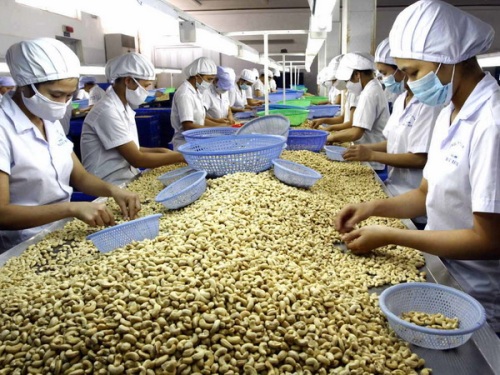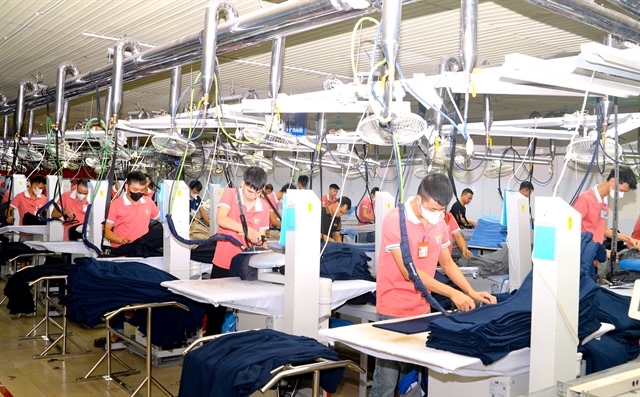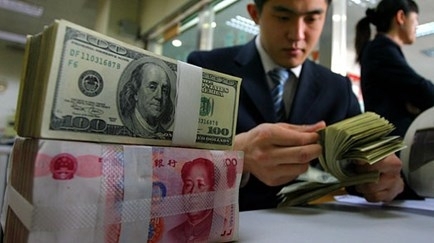Export growth
Export growth
Although Viet Nam, like many other countries, has faced innumerable difficulties because of the prolonged economic downturn, some domestic industries have still achieved remarkable growth rates, making positive contributions to recovery.

The textile and garment industry is among the industries that have led the country in boosting export values.
In the first 10 months of the year, it posted an 18.5 per cent year-on-year growth in export value, and expects to earn US$2.5 billion by the year-end.
Similarly, after the US International Trade Commission announced that Vietnamese shrimp products exported to the country did not have to face any anti-subsidy duties, that sector has shown strong signs of picking up.
In the first 10 months of the year, $10 billion worth of shrimps were shipped, making the greatest contribution to the entire seafood industry's total export value $5.38 billion.
Tra fish has also become a leading seafood export earner with shipments so far valued at over $1.23 billion.
Despite these success stories, the sectors are still struggling.
Enterprises exporting shrimp and catfish, for instance, face a severe shortage of materials for processing. Even in provinces that have large areas of shrimp farms, like Ca Mau Bac Lieu, Soc Trang and Kien Giang, local firms are not able to find enough raw material for processing.
Many seafood processing plants in these localities complain that they can only run at 40 to 50 per cent of their capacity.
According to a representative of the Ca Mau Seafood Processing Association, many Chinese enterprises came to Viet Nam and bought raw shrimps from farms in the delta, thus causing a shortage for local processors.
The shortage has pushed shrimp prices very sharply, imposing much higher costs on seafood exporters.
In fact, shrimp prices have recently increased strongly by VND40,000-VND50,000 per kilo, according to Bac Lieu Province's Industry and Trade Department.
Meanwhile, tra fish prices have surged VND4,000- 5,000 to VND23,500 and 24,000 per kilo.
From now until the end of the year, tra fish exporters will need about 300,000 tonnes of materials for processing, but the domestic market can supply only 50,000 tonnes, some reports say.
Explaining the shortage, analysts say that supply has become seriously short because farmers who incurred heavy losses in previous crops have left fish ponds idle.
In fact, many of them want to continue farming, but they cannot borrow capital from banks without repaying old debts.
Meanwhile, only 30 out of 70 tra fish processing establishments have their own farms, so the others have to rely on supply from individual farmers.
Seafood exporters need to do several things to deal with the situation, officials and industry insiders say.
They say the firms should develop their own production farms, source guaranteed quality raw material from other countries and effectively promote sales if they are to succeed in current market conditions.
vietnamnews




















